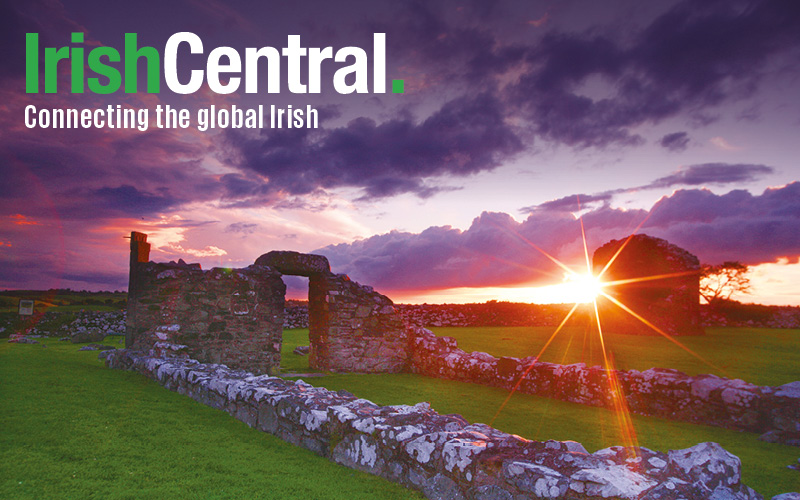CATHOLICS in New York, 1808-1946 is the name of a remarkable exhibition currently on view at the Museum of the City of New York. The exhibition traces the rise of New York Catholics (and Irish America plays a prominent role) from their start as a small religious minority to the politically powerful group they eventually became.
Coinciding with the Archdiocese of New York's bicentennial celebration, although curated independently of it, the exhibition explores Catholic life in the city and the development of the church from the early days when it faced down nakedly anti-Catholic bigotry, to the mid-20th century when acceptance and full participation in civic life was finally attained.
It's bracing to witness the depth of suspicion and outright hostility that Catholics originally faced here. In the 19th century, the exhibition reminds us, Catholics in New York were so ostracized that they had no choice but to found their own institutions - from schools to political structures - simply to maintain a foothold in the emerging metropolis.
Pamphlets and books that intentionally fueled anti-Catholic bigotry are also on view, like the infamous 1836 bestseller Awful Disclosures by Maria Monk (a prostitute who later died in 1849 in a New York prison) which told sensational and fabricated tales about life in convents.
From the vantage point of 2008, it can take a moment to remember how divisive and damaging these lurid reports originally were. Describing the convent as little more than a harem for the use of the local priesthood, Monk characterizes the scene in the following terms:
"The superior informed me that having taken the veil, it only remained that I should swear the three oaths customary on becoming a nun. I was now, she told me, to have access to every part of the edifice, even the cellar, where two of the sisters were imprisoned for causes that she did not mention.
"I must be informed that one of my great duties was to obey the priests in all things, and this I soon learnt, to my utter astonishment and horror, was to live in the practice of criminal intercourse with them."
Considering their enormous impact on the culture and political life of the city, it's also bracing to note that this is the first time a major exhibition of this kind has ever explored this remarkable subject.
Then, as now, it was immigration that ensured Catholic New York flourished. In 1806, there were 10,000 Catholics in a city of 70,000. But the Famine in Ireland in the 1840s swelled the population so quickly that by the end of the Civil War nearly half of all New Yorkers were Catholic.
A century later by the end of World War II, Irish Catholics had dominated New York City's Democratic Party for 75 years.
Political banners, vestments of the clergy, school uniforms, yearbooks from the 19th century, trophies, cups, academic medals, and all the paraphernalia of a flourishing culture are on display. First Holy Communion cards, parade sashes and Communion and Confirmation outfits bring Irish Catholic history vividly to life.
Poignantly, the more than 100 photos of daily family life also give faces and names to the rush of history, as do the many oral histories presented on audio and video.
The exhibition concludes in 1946, the banner year when large numbers of Irish immigrant Catholic families availed of exciting new government programs, such as the fabled G.I. Bill - which, to this day, veteran New York writer and novelist Pete Hamill still crosses himself when he speaks of - a bill that provided education, vocational training and housing loans to World War II veterans that helped them break out of the ghettos for the first time and move toward complete financial independence.
Catholics in New York: Society, Culture, and Politics, 1808-1946, a companion book to the show has been published by Fordham University Press featuring essays by Hamill, William Donohue and others which is available for purchase at the museum. The story of Irish Catholics in New York, it turns out, is the story of the city itself.
The exhibition runs until December 31 at the Museum of the City of New York, 1220 Fifth Avenue at 103rd Street. Call 212-534-1672.




Comments